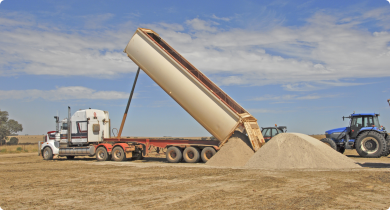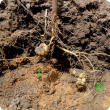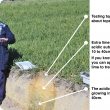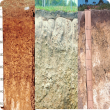Soils
Western Australia’s agriculture sector needs access to quality soil that can sustain long-term productivity and growth. The department is leading the way in developing management practices to maximise soil productivity and minimise land degradation. The department also provides technical information on managing soil constraints, including acidity, water repellence, subsoil compaction, erosion along with nutrient management. We also support agriculture through soil and land condition monitoring, condition assessment and providing management strategies and tools to improve soil condition.
Articles
Filter by search
Filter by topic
- (-) Remove Identifying WA soils filter Identifying WA soils
- Managing soils (4) Apply Managing soils filter
- Resource assessment (2) Apply Resource assessment filter
- Measuring and assessing soils (2) Apply Measuring and assessing soils filter
- Pastures (1) Apply Pastures filter
- Livestock management (1) Apply Livestock management filter
- Soil salinity (1) Apply Soil salinity filter
- Livestock & animals (1) Apply Livestock & animals filter
- Soil acidity (1) Apply Soil acidity filter
- Rangelands (1) Apply Rangelands filter
- Horticulture (1) Apply Horticulture filter
- Crops (1) Apply Crops filter
- Dispersive and sodic soils (1) Apply Dispersive and sodic soils filter
- Grains (1) Apply Grains filter
- Irrigated crops (1) Apply Irrigated crops filter
- Land use (1) Apply Land use filter






